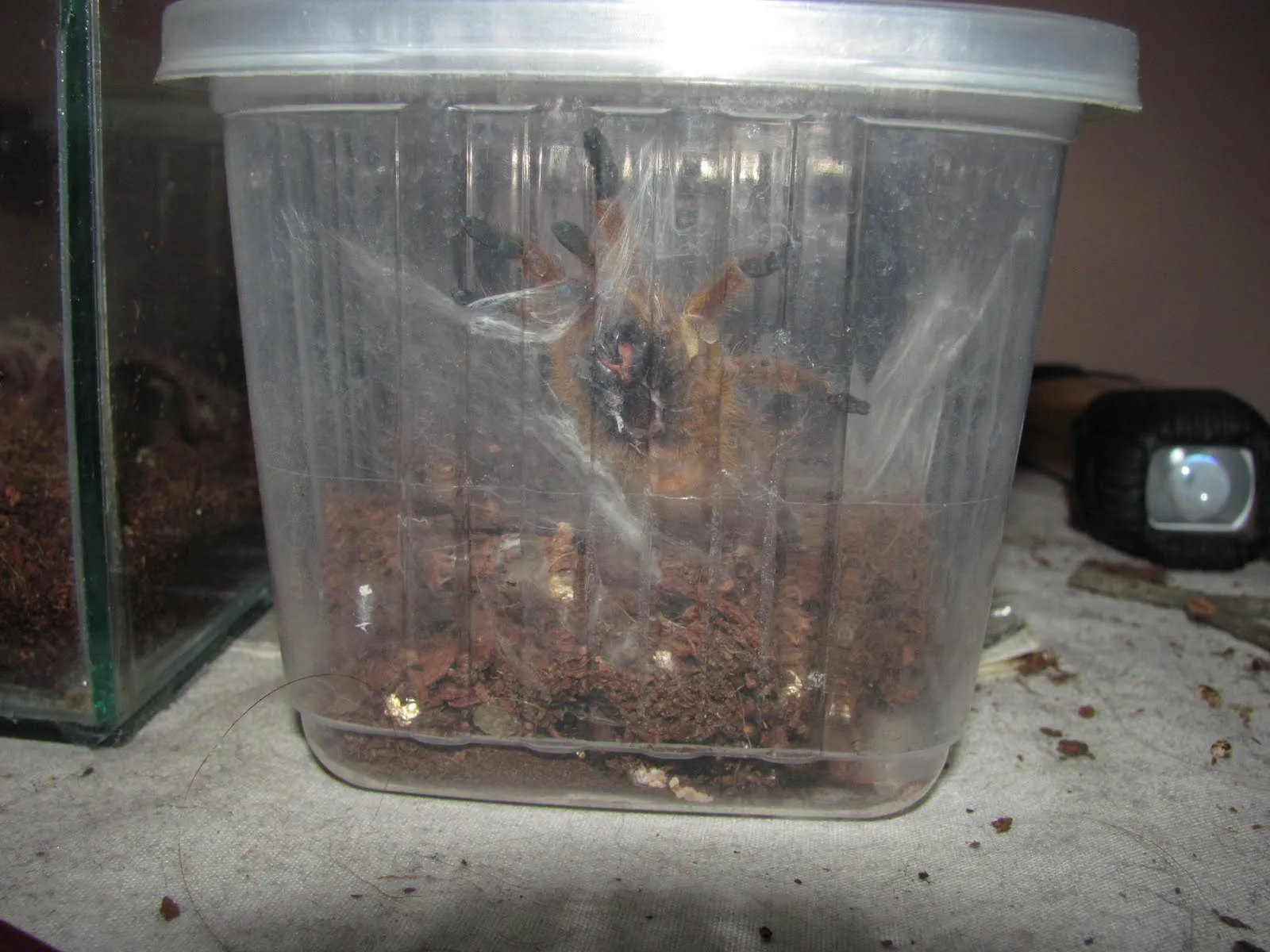The Unexpected Journey of Tarantulas in Banana Boxes
The discovery of a tarantula in a banana box is a surprisingly common occurrence, often sparking curiosity and concern. These large, hairy spiders, native to tropical and subtropical regions, sometimes find themselves on an unexpected journey, hitching a ride within the very boxes used to transport bananas. This phenomenon highlights the intricate pathways of global trade and the often-unforeseen encounters that arise when ecosystems and human activities intersect. Understanding how these spiders end up in our homes and businesses is crucial for both our safety and the spiders’ well-being.
Why are Tarantulas Found in Banana Boxes?
Several factors contribute to the presence of tarantulas in banana boxes. These creatures are opportunistic and seek out environments that offer shelter and sustenance. Banana boxes, with their dark, enclosed spaces, provide an attractive habitat. The warmth generated during transportation and storage also appeals to these cold-blooded creatures. This makes the journey inside the boxes a matter of survival for the tarantula, even if it leads to an unplanned trip to a new environment. The spiders are usually seeking warmth, shelter, and potential food sources. This is a fascinating interplay of nature and commerce, where a common fruit becomes a vehicle for an exotic creature.
The Appeal of Warmth and Shelter

Tarantulas, like many arachnids, are ectothermic, meaning they rely on external sources of heat to regulate their body temperature. The enclosed nature of banana boxes, combined with the potential for warmth during transportation, creates an ideal environment for these spiders. Furthermore, the boxes provide a safe haven from predators and harsh weather conditions. The corrugated cardboard offers numerous nooks and crannies, making it easy for the tarantulas to hide and establish a sense of security. The combination of these factors explains why tarantulas often choose banana boxes as temporary homes, setting the stage for unexpected encounters in stores and homes.
Accidental Transportation
The transportation of bananas from tropical regions to global markets is a complex process, and tarantulas often become accidental passengers. The spiders may enter the boxes while seeking shelter or hunting for insects in the banana-growing regions. Once inside, they become part of the cargo, embarking on a long journey across continents. The lack of strict pest control measures in some banana-growing regions further increases the likelihood of tarantulas entering the boxes. This accidental transportation leads to surprises for those who handle the fruit, highlighting the interconnectedness of global trade and the natural world.
Fact 1 Native Habitats and Tarantula Species
Tarantulas are found in various tropical and subtropical regions around the world, with diverse species adapted to different environments. Some common habitats include rainforests, grasslands, and deserts. The species that most frequently end up in banana boxes often originate from Central and South America, where banana cultivation is prevalent. Understanding the native habitats of these spiders is crucial for identifying the species and assessing potential risks. The specific environment a tarantula inhabits influences its size, coloration, and behavior. Knowing their natural environment can also help in their proper relocation if found in a banana box. (Image: tarantula-habitat.webp)
Fact 2 Hidden Hitchhikers

Tarantulas are known for their secretive nature, often hiding during the day and becoming active at night. This makes them excellent hitchhikers, as they can remain concealed within banana boxes without being noticed. They might be feeding on insects that have also found their way into the boxes, which can provide them with sustenance during the long journey. Their ability to survive for extended periods without food and water, along with their camouflage, further increases their chances of successfully completing their journey. The ability of tarantulas to survive in various conditions contributes to them becoming unintended travelers. (Image: tarantula-species.webp)
Fact 3 The Banana Box Travel Route
The journey of a tarantula in a banana box typically begins in the fields where bananas are cultivated. After the bananas are harvested, they are packed into boxes and transported to packing facilities. From there, the boxes are loaded onto trucks, ships, and trains, making their way to distribution centers and finally, to grocery stores. The entire process can take several weeks, exposing the tarantula to different climates and conditions. Each stage presents challenges for the spider, but the enclosed environment of the banana box provides a degree of protection. The long travel route and multiple stages increases the chances of a tarantula reaching its final destination unexpectedly.
From Farm to Market
The journey starts at the banana farm, where tarantulas may already be present in the vicinity. Harvesting and initial packing often occur without any specific pest control measures. The tarantula finds shelter in the open banana boxes. The boxes are then transported to a packing facility. The spiders hide in the crevices. The journey continues to the market. The banana supply chain is extensive. The tarantula goes from farm to a distribution center. The fruit travels to different countries before reaching its final destination.
The Shipping Process

After the bananas are harvested and packed, the boxes are loaded onto refrigerated trucks or cargo ships. The shipping process is not always designed to prevent insects and spiders. The tarantula is often exposed to varying temperature. Humidity inside the container can also be a factor in survival. Long transit times mean limited food and water sources. The spiders become increasingly stressed, though they usually make it through the entire process. It is a tough journey, but tarantulas are built to survive. (Image: banana-box-shipping.webp)
Fact 4 Common Tarantula Species Found
Several tarantula species are commonly found in banana boxes. These species typically originate from Central and South America, where banana cultivation is widespread. The specific species vary depending on the region of origin, but they often share characteristics such as a brown or black coloration and a relatively docile temperament. While most species are not aggressive, it’s still important to exercise caution when encountering a tarantula. The size of the spider can also vary, with some species reaching impressive sizes. The most commonly found species include the Costa Rican Zebra Tarantula and the Mexican Red Knee Tarantula. (Image: tarantula-species.webp)
Fact 5 Risks of Discovering a Tarantula
Discovering a tarantula in a banana box can pose certain risks, primarily related to bites, venom, and potential allergic reactions. While most tarantulas are not inherently aggressive, they may bite if they feel threatened or are mishandled. Although tarantula venom is generally not lethal to humans, it can cause pain, swelling, and other localized symptoms. People with allergies to insect venom may experience more severe reactions. Exercise caution is essential when handling a tarantula. Avoid sudden movements and do not attempt to handle the spider unless you have the knowledge and experience to do so safely. (Image: tarantula-bite.webp)
Bites and Venom

Tarantula bites are infrequent. The bite is typically associated with a sharp, stinging sensation, similar to a bee sting. The venom itself is not highly toxic, but it can cause localized pain, redness, and swelling. Other symptoms may include itching, muscle cramps, and nausea. These effects typically subside within a few hours or days. The bite wound should be cleaned with soap and water. If the symptoms worsen or persist, medical attention should be sought to rule out any secondary infection or allergic reaction. (Image: tarantula-bite.webp)
Allergic Reactions and Irritation
Some individuals may experience allergic reactions to tarantula venom or the urticating hairs that some species can release. These hairs can cause skin irritation, leading to itching and rash. More severe allergic reactions can include difficulty breathing, swelling of the throat, and anaphylaxis. People with known allergies to insect stings or other allergens should be particularly cautious when encountering tarantulas. Medical attention should be sought immediately if any symptoms of an allergic reaction are suspected. The potential for irritation and allergic reactions underscores the importance of safe handling practices.
Fact 6 Proper Handling and Safety Measures
If you encounter a tarantula in a banana box, it’s crucial to prioritize safety. Avoid direct contact with the spider, and do not attempt to handle it unless you have experience and proper protective equipment. The best course of action is to contain the tarantula and contact local animal control or a pest control professional. They have the knowledge and tools to safely remove the spider. Use a container to trap the spider. Slowly slide a piece of cardboard under the spider and use it to transport the tarantula. Keep children and pets away from the area until the situation is resolved. (Image: tarantula-handling.webp)
When to Contact Professionals

It is always recommended to contact professionals if you find a tarantula in a banana box. Pest control services and animal control agencies have the expertise and equipment to handle the situation safely and humanely. They can identify the species, assess the potential risks, and remove the spider without causing harm to you or the tarantula. Attempting to handle a tarantula without the proper knowledge can be dangerous, so seeking professional assistance ensures everyone’s safety. The authorities can also arrange for the safe relocation of the spider to an appropriate habitat. (Image: professional-tarantula-removal.webp)
Fact 7 What to Do if You Find a Tarantula
If you discover a tarantula in a banana box, remain calm and take the following steps. First, observe the spider from a safe distance to assess its behavior and size. Do not try to touch or handle the spider. Contain the spider. Cover the spider with a container, such as a plastic bin or large bowl. Slide a piece of cardboard between the spider and the surface it is on to trap it. Seal the container to prevent the spider from escaping. Contact local animal control or a pest control professional immediately for assistance. They will have the knowledge and equipment to remove the tarantula safely. (Image: tarantula-banana-box.webp)
The Importance of Observation
Before taking any action, observe the tarantula from a safe distance. Note the size, color, and any distinctive markings of the spider. Observe the spider’s behavior: Is it aggressive or docile? Is it moving slowly or quickly? This information can be useful for professionals who will be handling the spider. Documenting this can help in identifying the species. This observation is important for both your safety and the well-being of the spider. Remain calm and avoid sudden movements, which could startle the spider. (Image: tarantula-handling.webp)
Relocation and Reporting

Once the tarantula has been contained and the authorities contacted, they will handle the relocation of the spider. The professionals will relocate the tarantula to an appropriate habitat, ensuring its survival and the safety of the surrounding community. It is also important to report the incident to the relevant authorities, such as the local health department or agricultural inspection agency. This helps to monitor the occurrence of tarantulas in banana boxes and prevent future incidents. By following these steps, you can ensure the safe handling and relocation of any tarantulas found in your home.
